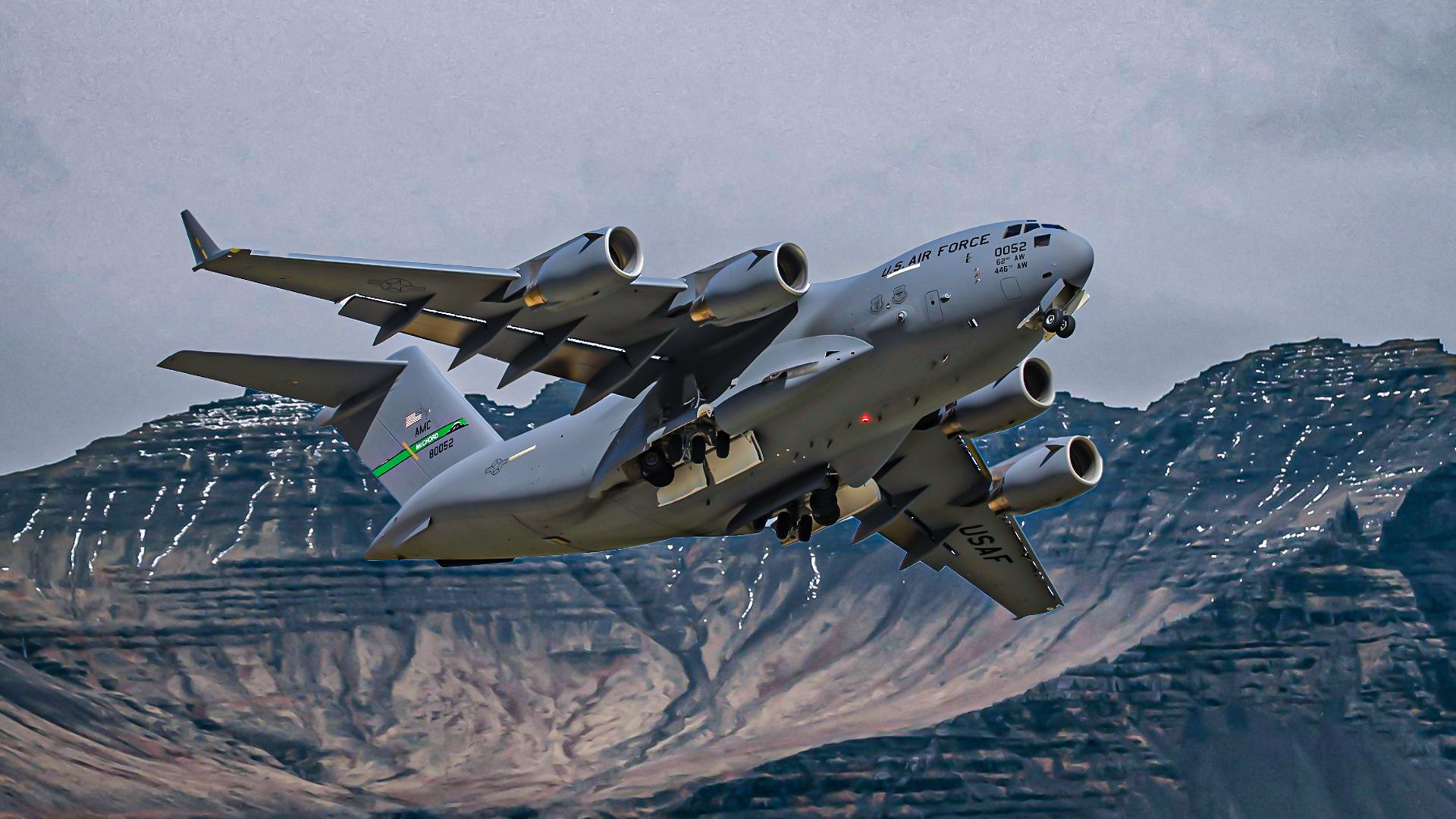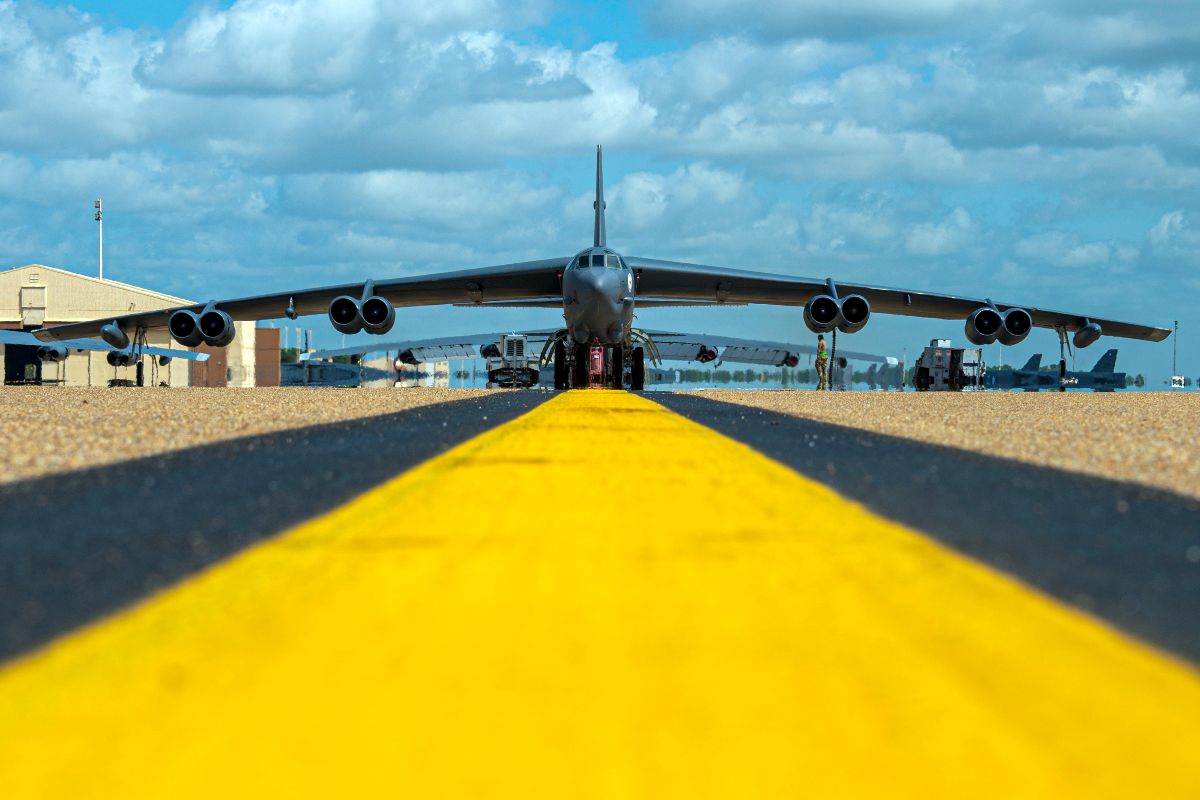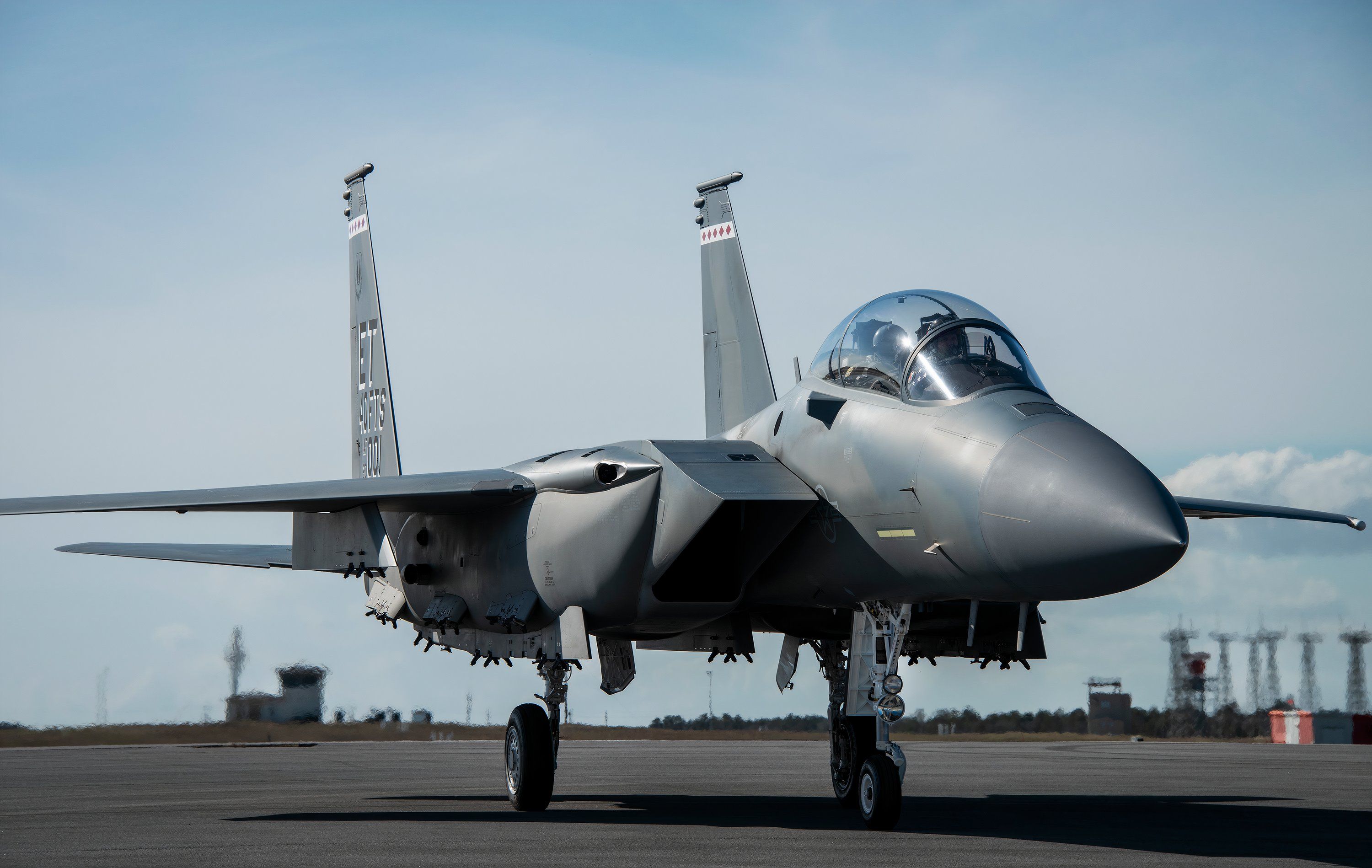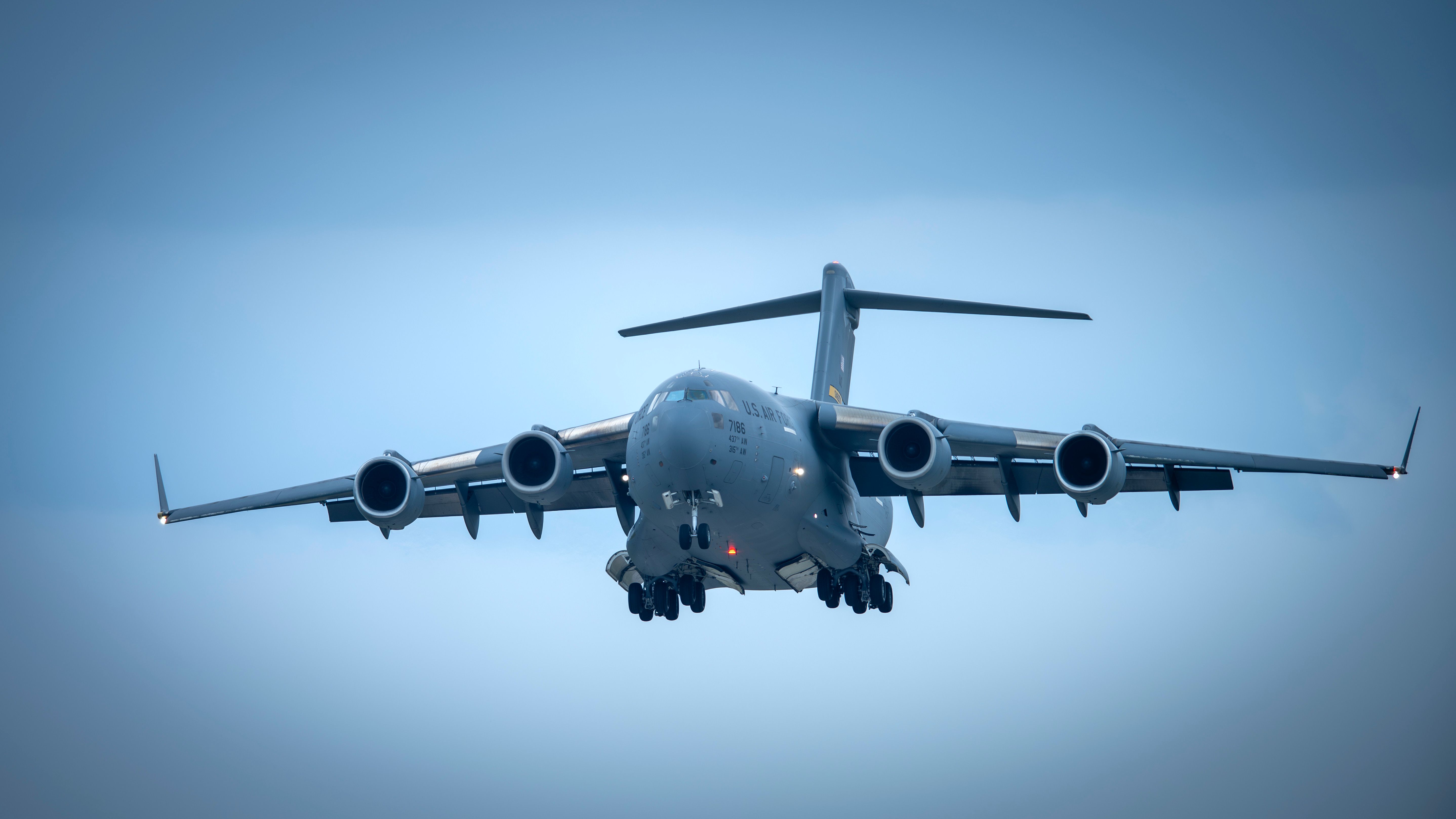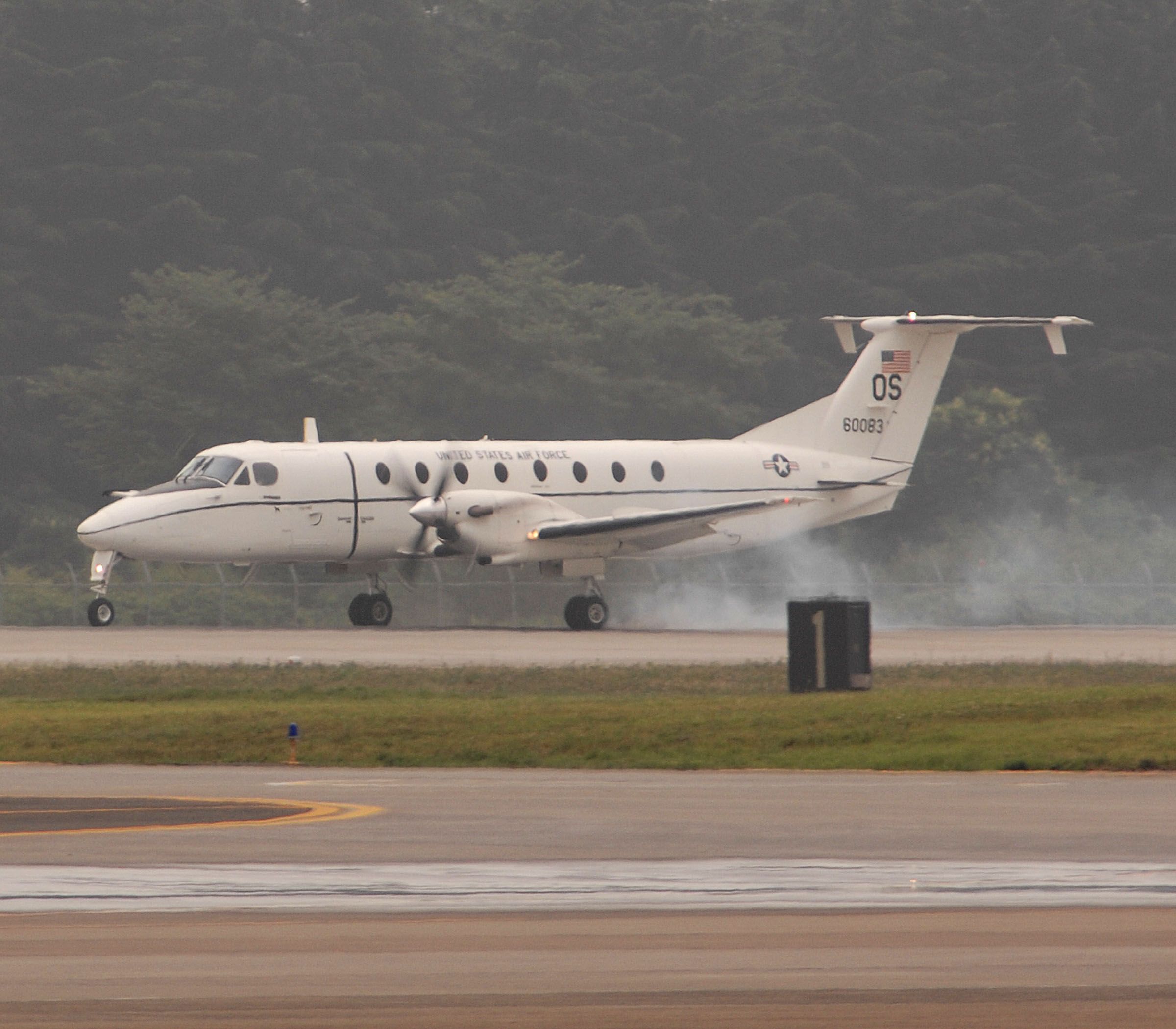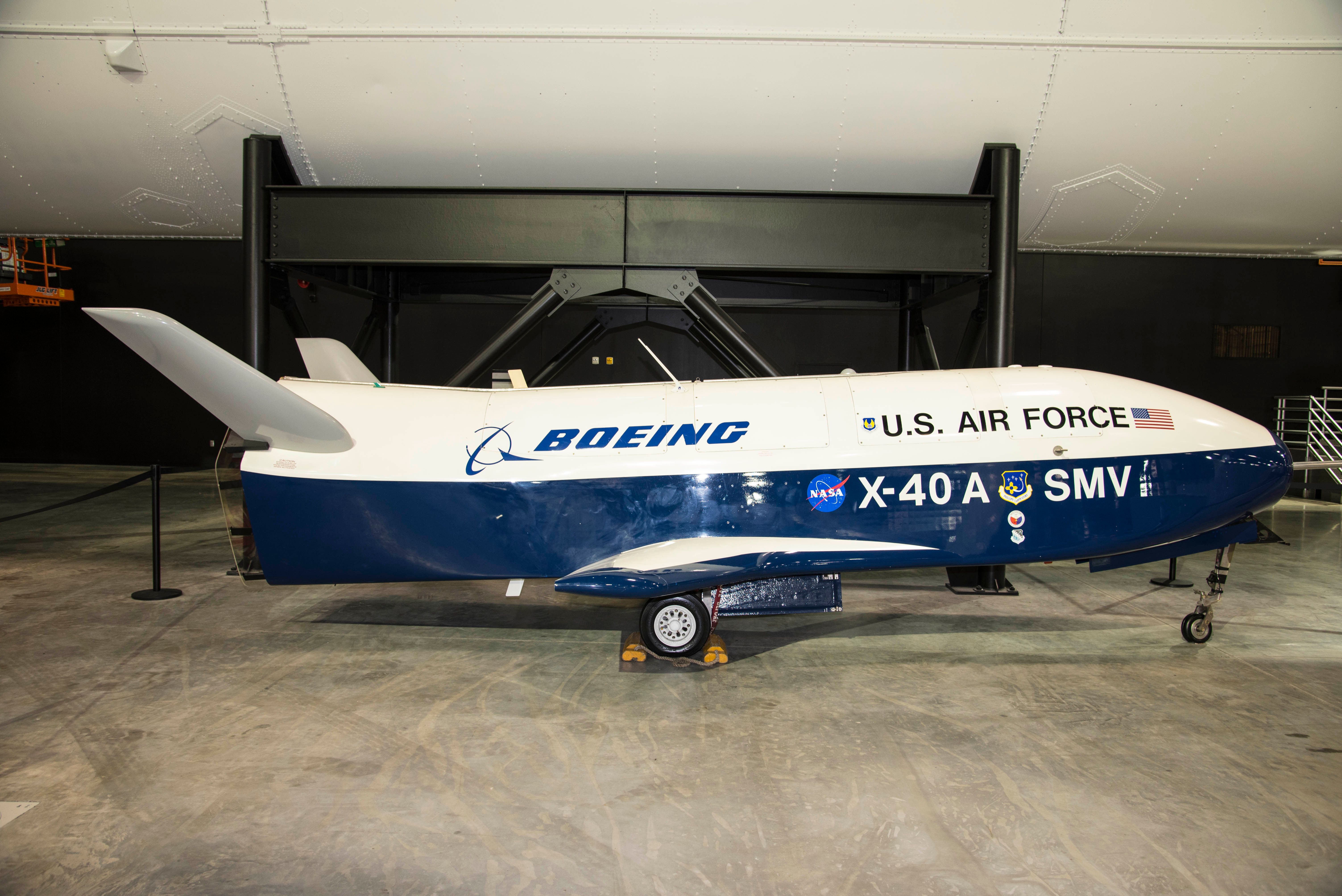Summary
- The B-52H Stratofortress is one of the largest strategic bombers in US service, to be re-engined and upgraded by 2033.
- The F-15EX Eagle II is a modern Strike Eagle variant that replaces older models. It offers long-range capabilities and lower operating costs.
- The C-17 Globemaster III is a crucial cargo aircraft for the US Air Force with flexibility in airlifting military equipment and aiding in humanitarian efforts.
Enthusiasts are getting ready for the upcoming EAA AirVenture Oshkosh 2024 airshow. The 71st edition of the Experimental Aircraft Association’s annual fly-in convention has received a new boost as more US military aircraft have been announced will attend the event. Among the aircraft representing the US Air Force Matériel Command on Boeing Plaza will be the massive B-52 Stratofortress bomber and the C-17 Globemaster.
The EAA AirVenture airshow will occur between July 22 and 28 at Wittman Regional Airport in Oshkosh. The US Air Force Material Command is responsible for handling the development, discovery, and testing of weapons systems used by the US Air Force on all of its aircraft.
1
B-52H Stratofortress
The massive B-52H Stratofortress is the largest American strategic bomber in service
|
Entry into service: |
1955 |
|---|---|
|
Number in service: |
58 active (2019) |
|
Role: |
strategic bomber |
The B-52H Stratofortess is one of the most iconic representations of US air power. It is also one of the oldest aircraft still in service (and is planned to remain in service for decades to come). The long-range strategic bomber will be re-engined with Rolls-Royce engines and upgraded to the B-52J variant (planned to come into service in 2033).
Photo: US Air Force
The Air Force’s B-52H fleet is based at Edwards Air Force Base in California and can carry conventional and nuclear payloads. They have a combat range of up to 8,800 miles (ca. 800 km) and can carry 80,000 pounds of ordinance, enabling the Air Force to deploy considerable firepower almost anywhere in the world (threat-environment permitting).
2
F-15EX Eagle II
The F-15EX Eagle II is the most advanced Strike Eagle with better avionics and an increased service life to 20,000 hours
|
Entry into service: |
1976 (first Eagle) / 2024 (F-15EX) |
|---|---|
|
Number in service: |
249 (Eagles as of 2019) |
|
Role: |
multirole strike fighter |
The F-15EX Eagle II is the latest variant of the Strike Eagle family and is only just coming into service. While the F-22 Raptor was originally meant to replace the F-15 family, the F-22’s early cancelation saw the Air Force turn to upgraded Strike Eagles. The F-15EX is replacing the old 1970s and 1980s tech F-15C/Ds, and while it may look similar on the outside, it is a new aircraft on the inside.
Photo: USAF
The F-15EX enjoys long-range, high payloads (relative to the F-35) and lower operating costs. The F-15EX is planned to serve alongside the F-35 on missions where stealth aircraft are not required until it is eventually replaced by the 6th-gen NGAD fighter currently in development.
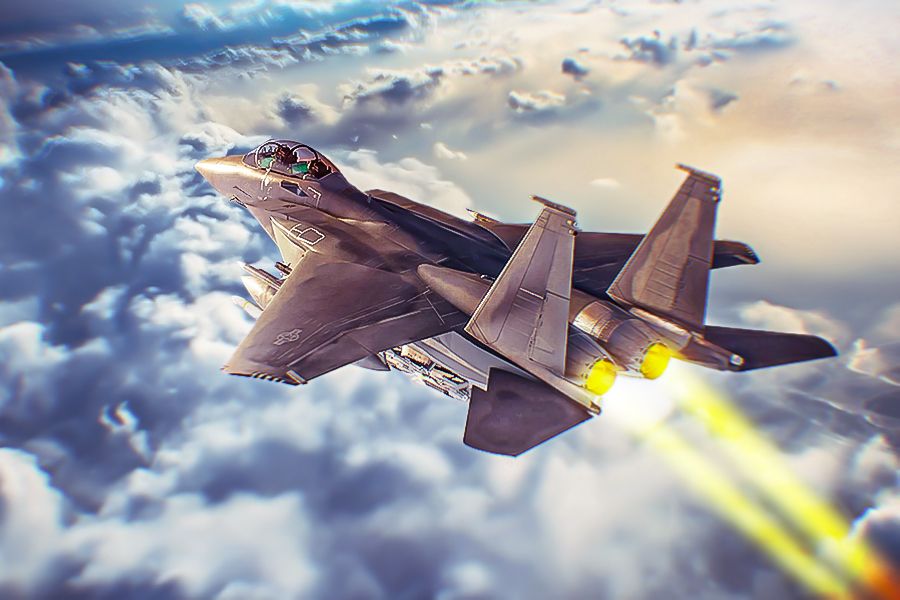
Related
The Boeing F-15EX Eagle II: 5 Fast Facts About The Multirole Strike Fighter
It is the world’s most dominant modern combat fighter.
3
C-17 Globemaster III
The Globemaster is credited as the most flexible cargo aircraft in US Air Force service today
|
Entry into service: |
1995 |
|---|---|
|
Number in service: |
157 |
|
Role: |
strategic and tactical airlifter |
The C-17 Globemaster III is one of the Air Force’s large military transport aircraft. It can airlift heavy-duty military equipment and, in addition to military missions, deliver considerable amounts of aid to humanitarian efforts after natural disasters. The massive aircraft is powered by four Pratt and Whitney engines producing 40,400 pounds of thrust.
Photo: USAF
The Globemaster has an operational range of almost 3,000 miles, and according to the Air Force, it “is the most flexible cargo aircraft to enter the airlift force.” The Air Force notes, “The ultimate measure of airlift effectiveness is the ability to rapidly project and sustain an effective combat force close to a potential battle area… The C-17 is capable of meeting today’s demanding airlift missions.”
4
Beechcraft C-12 Huron
The C-12 Huron is the military version of an executive passenger and transport aircraft
|
Entry into service: |
1974 |
|---|---|
|
Number in service: |
Approx. 300 (all service branches) |
|
Role: |
Utility aircraft |
Not all military aircraft look like military aircraft. The C-12 is the military designation for a series of twin-engine turboprop aircraft based on the Beechcraft 1900 and Beechcraft Super King Air. The Super King Air family has been in continuous production since 1974 (the longest production run of any turboprop civilian aircraft of this class). Some of the military C-12 aircraft have been modified with surveillance systems.
Photo: 5th Air Force
The C-12 Huron is used for several missions, including light cargo transport, passenger transportation, medical evacuation, and embassy support. It is used by the primary fighting US military service branches (the Air Force, Army, Marine Corps, and Navy).
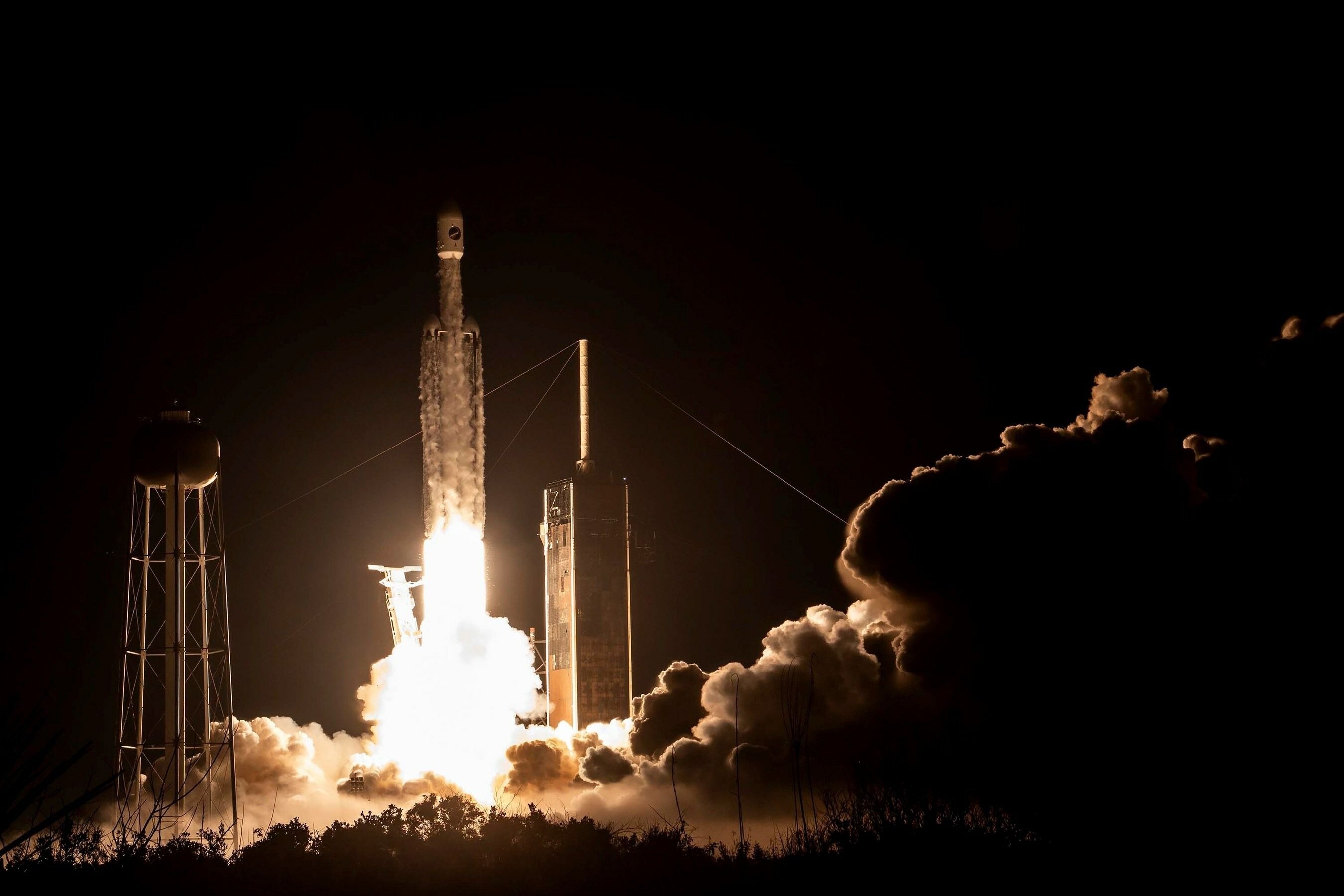
Related
Boeing X-37 Orbital Test Vehicle Launches Aboard SpaceX Falcon Heavy Rocket In 7th Mission
The spacecraft launched from Florida aboard a SpaceX Falcon Heavy Rocket on Thursday.
5
X-40 Space Maneuver Vehicle
The X-40 will represent the Air Force, NASA, (and now also Space Force) space plane developments
|
Entry into service: |
n/a (experimental) |
|---|---|
|
Number in service: |
none (one experimental vehicle retired) |
|
Role: |
testbed for reusable launch vehicles |
The US Air Force Materiel Command will also send the experimental X-40, built as a test bed for the X-37 Future-X reusable launch vehicle. The X-40 was unmanned and built to 85% of the scale of the planned X-37. Boeing built the X-40 and then transferred it to NASA, which modified it to conduct more testing. It will be displayed alongside a B-52 munitions display at the EAA AirVenture Oshkosh 2024 airshow in a tent adjoining the Boeing Plaza.
Photo: National Museum of the United States Air Force
While the follower-on X-37 vehicle was a NASA project, it was transferred to the DoD in 2004 and managed by the Air Force Space Command. Now, it is managed by the Department of the Air Force Rapid Capabilities Office in collaboration with the Space Force (which was established in 2020).

